Introduction: Viewing the Digital World as Breaking the Code
And even as you type a note, or edit a picture, or even at that time you are playing your favorite game, something good is happening somewhere in the background of that, and whatever you are typing on your computer starts talking to you in some strange language, and it is written in numbers and letters. The language is also known as hexadecimal that programmers term as base 16.
Coding hexadecimal can seem more than slightly complex, or even, technical but it appears that it is one of the most fascinating things in the world of programming, one of the interfaces between the human world and the bare binary pulse computer processes of the world. They are working silently underneath the hood and anywhere they are being utilized, whether it is in the development of vibrant web palates, development of embedded systems or debugging of the intricate software.
The 6 and 1 6 are summed up, and a short 16-digit digital number is obtained. It is readable at a higher pace than binary and also is readable by the machines. the beat of the computer can be binary, the beat of the computer can be hexadecimal, in beautiful and effective shining and smooth legible.
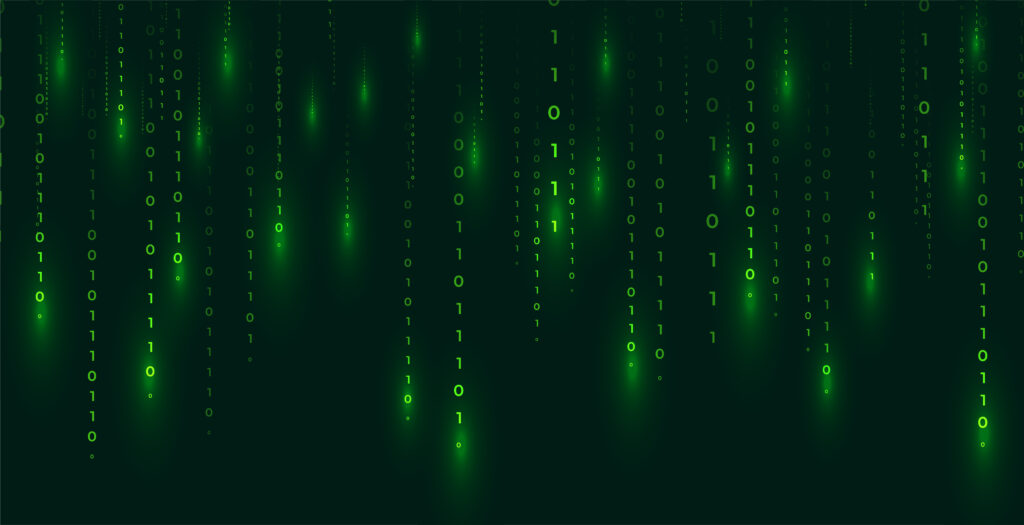
We will also expose all secrets about the coding hexadecimal including the meaning of the coding, the form of the coding, and how the hexadecimal and how it functions towards the colors, encrypting and the memory of a computer. Back then it will not be only the hexadecimal you will know but you will see it all around in the technological world.
Into the code, which colors the screens, contains your passwords and pushes your appliances, the rainbow kingdom of coding hexadecimal will be a part of us.
What Is H16 Coding?
To get a grasp on the concept of coding hexadecimal the first thing you must do is step backwards and consider the concept of computer counting. The 10 base system is the system of man. It is made up of ten numbers (0 -9) and then we proceed to the other place value 10, 11, 12 and so on.
Computers still are made on binary base. They understand only 0s and 1s. The figures in all your statistics, all your dots on your screen, all your notes that you hear in your music, are expressed in one of these two figures. But binary – very quick- very long. The 255 in binary form is as follows:
There hexadecimal comes in. It is a 16 system/base and it operates with 16 symbols:
0, 1, 2, 3, 4, 5, 6, 7, 8, 9, A, B, C, D, E, F
The 9 will be substituted by letters A to F where A will represent 10, and B will represent 11 etc the last F will represent 15.
Rather than 11111111 (binary) or 255 (decimal), in hexadecimal, we can write FF — short, clean, and elegant.
The hex magic lies in the fact that the binary complexity is much easier to read and understand by human beings and the binary complexity can also be line by line readable and writable by machines.
Why Programmers Code in Hexadecimal – the Beauty of Simplicity.
But why not binary on computers, you are likely asking yourself. The solution is efficiency and availability. And it would have been insanity to have to debug a piece of code, and it would have been long lines of 0s and 1s, all of the memory addresses, or all of the colors, or all of the machine instructions, – it would have been insanity. The Coding hexadecimal language is a transitional language and this enables the human being to comprehend and manipulate information in a painless way without being lost in the binary.
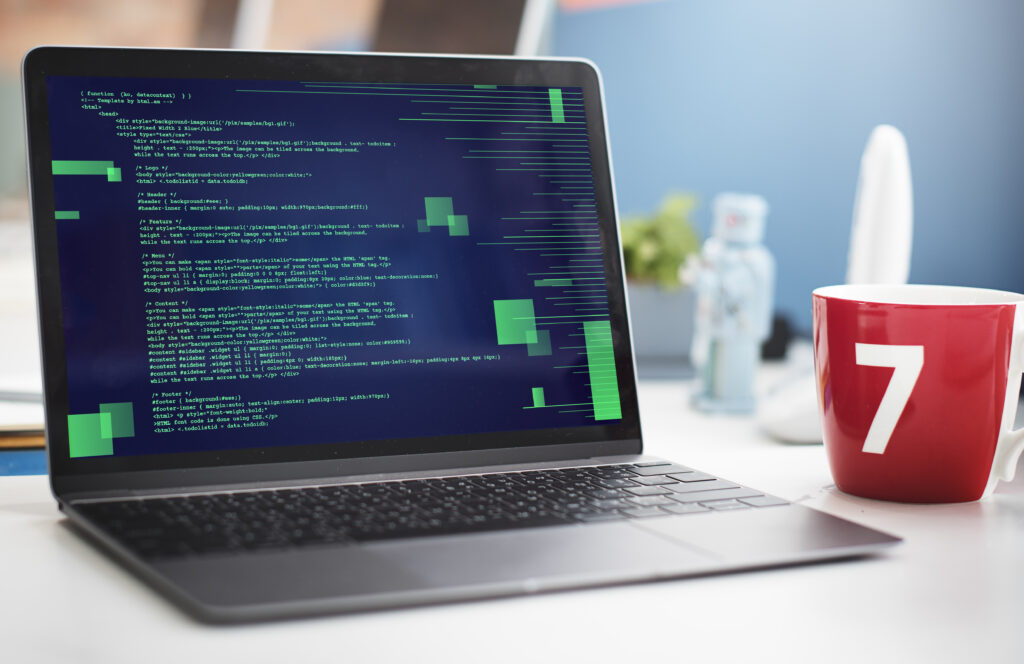
The reason is that, programmers would prefer to use coding hexadecimal due to the following reasons:
Compactness: It holds four binary numbers (bits) which can be encoded into a single hexadecimal character. It means that one does not have to read and write and commit mistakes.
Readability: Hex is simpler to read especially where an individual is dealing with a large chunk of binary code or a memory address.
Direct Mapping: The hex characters may be mapped onto 4-bit perfect conversions hence, smooth conversions.
Universality: Does performing doing assembly, C++ or web development (with hexadecimal colors using hexadecimal colors in HTML colors) have anything to do with hexadecimal being universal in any programming environment?
As an example, pure red would be used to design the color on web design, the number of the color would be color numbered as 000000FF. The color does not include the color number that is below 00, and all the reds, green and blue have the same color number (FF, 00, 00).
In a word, the coding hexadecimal gives the programmer a control language – small enough as binary, cross-platform, and human-readable (as compared to binary).
The Curious History of Hexadecimal in Computing
When computers were introduced, before the introduction of modern software and color user interfaces, computers were speaking a language that no one person could even fathom, the language of binary. During the early days of the computer, the programmers and engineers had to handle long binary strings and to write simple commands, they had to enter infinite strings of 0s and 1s. It was as though you were writing a book and two letters.
As the level of technology advanced, engineers realised that they needed a more human friendly way of representation of binary data at the expense of accuracy. It is into that that hexadecimal rescued us which is not a novelty but a brilliantly ingenious short cut.
In the 1950s and 1960s, when the computer history was being marked by the emergence of assembly languages and the first mainframes, including the IBM 1620 and PDP-11, coding hexadecimal was the magic code to efficiency. It simplified programming, debugging and representation of the memory. Four binary bits could now be represented in one of the hexadecimal number therefore enabling the programmer to be able to read what they were actually writing.
It was not only something convenient, it was a revolution.
- One will not gaze at such as this:
1010110001101001
- A programmer could now see:
AC69
The code suddenly became smaller, the errors were easier to identify and the debugging became not a task similar to reading foreign words.
In the modern day, the high-level programming languages like Python and Java are available, but the core of the computers still lies in hexadecimal. All IP addresses, all machine codes, all colors on your screen, all are the derivatives of hexadecimal representation. It is the language of all the languages, language of silent back- pulse of all the digital heart-beats.
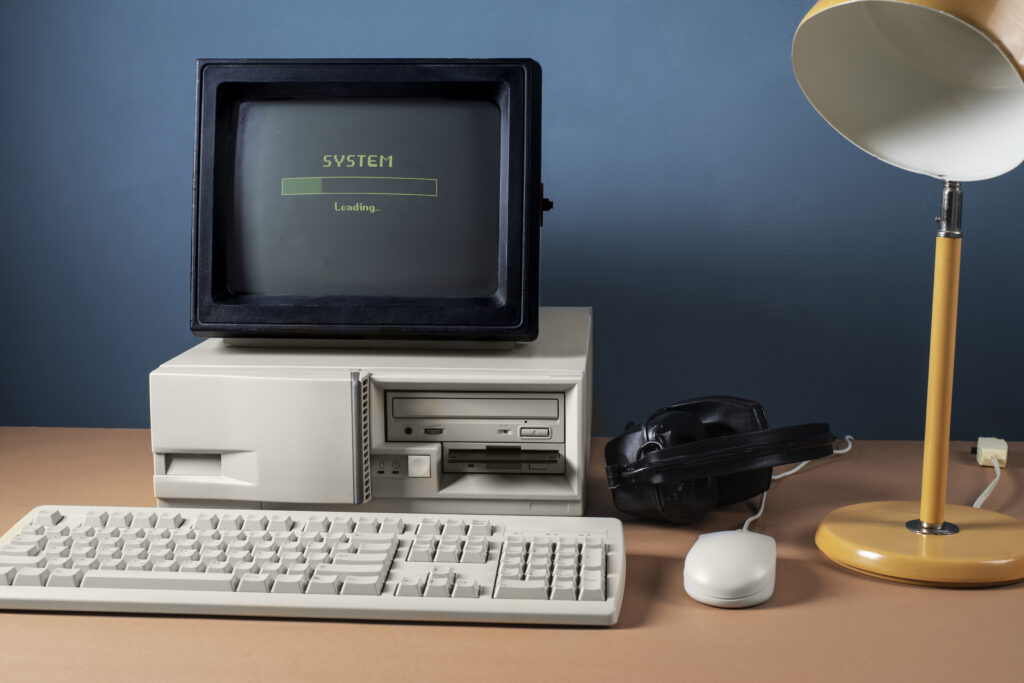
Binary, Decimal and Hexadecimal conversion
Once you start observing the coding hexadecimal everywhere around you, you are bound to be curious how to change the base: binary (base 2), the decimal (base 10) and the hexadecimal (base 16). Luckily, the conversions are definite and rational, in their shapes.
The step can be done gradually and made easy to visualize and human friendly.
Binary to Hexadecimal
One Hexa digit is equivalent to 4 bits (binary digits).
For example:
Binary: 1010 1101
Group them: 1010 – A, 1101 – D
Hexadecimal: AD
The latter is what you use to encode long binary sequences to short readable hex codes.
Hexadecimal to Binary
To reverse, just replace the hex numbers with 4-bit binary numbers.
Example:
Hexadecimal: 2F
2 – 0010
F – 1111
Binary: 00101111
Decimal to Hexadecimal
This one has some mathematics in it but it is not very hard when you know the pattern. You keep on leaving out the decimal value by 16 and list out the remainders.
Example:
Convert 245 to hexadecimal.
245 / 16 = 15 remainder 5
15 in hex = F
So 245 = F5 in hexadecimal
Hexadecimal to Decimal
Take right to left and multiply individual hex by 16 powers.
Example: Convert 1A to decimal.
(1 x 161) + (A x 160)
= 16 + 10
= 26
So 1A in hex equals 26 in decimal.
A Quick Reference Conversion Table
| Decimal | Binary | Hexadecimal |
|---|---|---|
| 0 | 0000 | 0 |
| 1 | 0001 | 1 |
| 2 | 0010 | 2 |
| 3 | 0011 | 3 |
| 4 | 0100 | 4 |
| 5 | 0101 | 5 |
| 6 | 0110 | 6 |
| 7 | 0111 | 7 |
| 8 | 1000 | 8 |
| 9 | 1001 | 9 |
| 10 (A) | 1010 | A |
| 11 (B) | 1011 | B |
| 12 (C) | 1100 | C |
| 13 (D) | 1101 | D |
| 14 (E) | 1110 | E |
| 15 (F) | 1111 | F |
Web Design and Colors Hexadecimal
The hexadecimal codes are present in all the colors you have to view on your computer, the dark blues of the background of the site you like and red of the Subscribe button.
The hexadecimal color depiction language is a universal language form of web designing. These six-character codes dictate the combination of red, green and blue (RGB) to form the individual pixel of a display. The two characters are employed in order to represent the colors in the hexadecimal form.
For example:
FF0000 – Red
00FF00 – Green
0000FF – Blue
FFFFFF – White
000000 – Black
- Let’s break one down. #FF5733, a gorgeous orange shade.
- FF regulates the red channel (255 in decimal – full strength).
- The green channel is regulated through the aid of 57 (87 d.e. – moderate intensity).
- The blue channel is regulated in 33 (51 in base 10 – a smattering of blue to allow the orange to be on equal footing to the blue)
- It is a combination that forms bright and attractive color that is usually applied in the buttons or notifications.
- The designers and the developers find the hexadecimal color popular as it is precise, fixed and universal. The color code such as #FF5733 will continue to appear displaying itself irrespective of the operating system and browser.
Coding hexadecimal also one of the few that art intersects math in which creativity is based on good numeric judgement. The coding hexadecimal gives you the ability to experiment with millions of color combinations without as much as the rapid press of two numbers.
Test it; replace characters of one color code with another one e.g. replace the color code #FF5733 by the color code #FF5734 and you will immediately notice the difference. The wizardry of hexadecimal: it gives creativity precision.
Computer Memory and Assembly Language Hexadecimal
The designers beautify the world with coding hexadecimal and system programmers with the smallest components of the machines. There is a highly important role that coding hexadecimal assumes in organization, access and information management in the hard disk of your personal computer.
The data is recorded within the computers as bytes with each having 8 bits. It would be very cumbersome and hard to write out the addresses or out instructions in the binary. The reason why the addresses of the memory are nearly always represented in hexadecimal is because of this.
For example:
The address of the memory can be as follows:
0x7FFFD5A0C
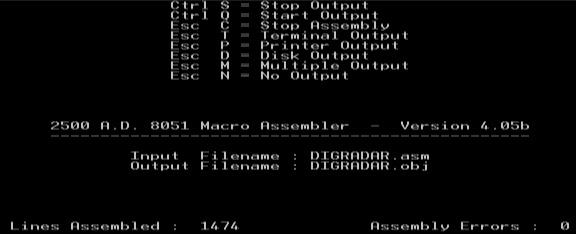
The computer (and you) will be informed here that you are dealing with a hexadecimal figure by using 0x.
It is far easier to work with machine code, low-level programming and debugging. Representation of instructions Hexadecimal Assemblers typically represent instructions in hex. It enables interplay with hardware on a very low-level or registers, ports and memory at a very specific level.
Consider the microcontroller to which the LED would be set on in case of a specific register equal to 0xFF (255 in decimal). The following can be the command:
MOV AL, 0xFF
OUT PORT1, AL
That six-digit number is not that number, it is a command, it is an action that takes its place in the actual world, it is a palpable result: light comes.
In this sense coding hexadecimal may be viewed as an interpreter between the machine accuracy and human reason. It also provides an efficient viewing method, to the programmer, of what is done at the hardware level and still retain the accuracy of binary.
Get used is the hexadecimal dumps the lines of coding hexadecimal codes that are used to depict the contents of the memory during debugging. They appear enigmatic, but to the eye that can know them, the impressions of the soul of a programme. All the hexes are some kind of information – a letter, a color, a command or even the image part.
Encryption and cybersecurity Hexadecimal
Behind all those passwords, all those encrypted messages and all those digital locks you ever had is a layer of hexadecimal.
It is not a random set of letters and symbols when the information is encrypted a credit card number or a password to log in or a WhatsApp message. It may be written in hexadecimal, making the information small, machine readable, and in some cases, even human readable (at least structurally).
An example of this is to hash a password with a hash algorithm such as SHA-256, where the result is a long hexadecimal number.
Here’s an example:
Password: hello123
SHA-256 checksum: 872e4e50ce9993f2db47d3b45dfc78d9f3b44a7c9181baf2f4b6cc42e1bdf1d5.
Each of these pairs of characters is a single such byte of encrypted data, in coding hexadecimal.
This representation defines the point of intersection between the security algorithms and the implementation. It enables the transfer of encrypted information, storage, and verification to be carried out effectively.
Coding Hexadecimal is also crucial in the analysis of malware, network packets and digital forensics in the field of cybersecurity. The security experts usually open files or memory dumps in a hex editor, which represents raw binary data in a hexadecimal format. This assists them in revealing the hidden code, backdoors or suspicious patterns that cannot be made visible by the normal text editors.
Suppose that you are investigating a cyberattack. The ordinary user may look at a file and be presented with a file titled invoice.pdf, whereas the analyst with a hex viewer may be able to see hidden code within the file – commands coded as hexadecimal characters.
A hexadecimal, in the real sense, provides the cybersecurity professional with the X-rays in the digital body of data. Not only numbers, but evidence, structure and protection, all encased in sixteen potential characters.
Next time you log on to a secure Web site or a digital signature, you can be thinking about the presence of a silent army of hexadecimal numbers that protect you.
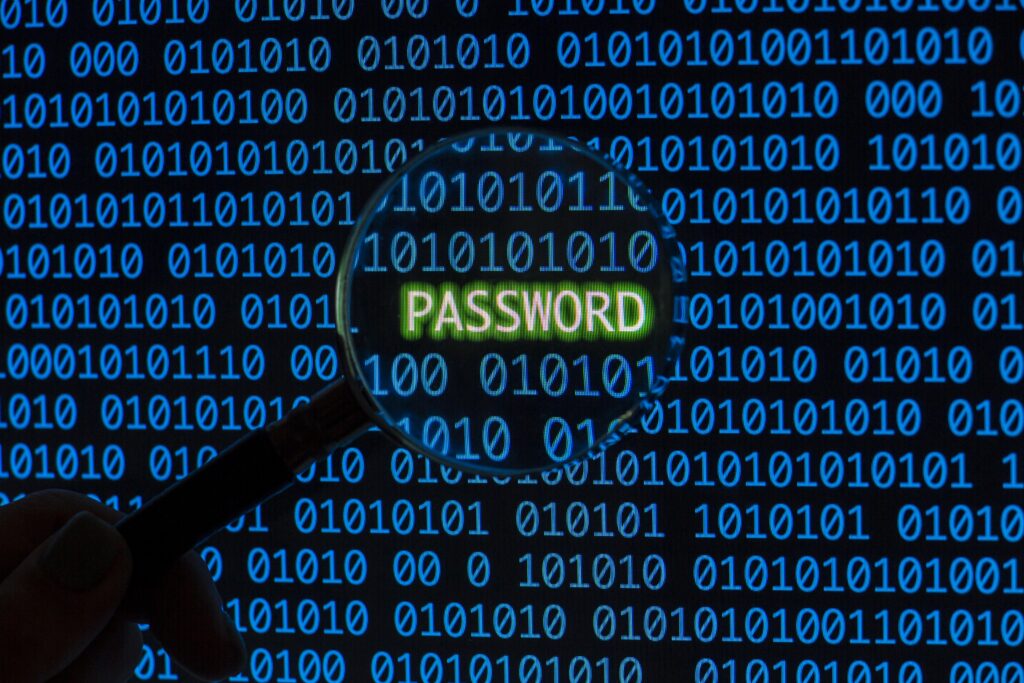
Data Representation and Networking
All of your messages, all of your pictures, all of your videos pass through the web in the form of data packets and hexadecimal would help you to realize it.
In networking, coding hexadecimal is employed in representing and analysing the raw data within those packets. It is what the routers, switches and diagnostic tools such as Wireshark know is really traversing the internet.
When the network engineers look at packets, they do not see Hello, World! in unadorned text – they read lines thus:
48 65 6C 6C 6F 2C 20 57 6F 72 6C 64 21
All these pairs of numbers and letters are hexadecimal, or the ASCII code of the “Hello, World!”.
It is an ideal illustration of how hexadecimal can be used to convert the human language and machine data.
With IP addresses, particularly with IPv6 the hexadecimal is even more pronounced.
An IPv6 address will resemble the following:
2001:0db8:85a3:0000:0000:8a2e:0370:7334
In this case, hexadecimal allows to express gigantic 128-bit addresses in a small and easily readable form. In its absence, these speeches would be too long to handle.
In addition to networking, hexadecimal is also used in file formats – in image metadata as well as executable programs. In opening a file in a hex editor, all the bytes of that file are presented as an encoded value in hex format and this enables developers to comprehend, fix or make manipulations on it in the most profound manner possible.
As an example, the beginning of a JPEG image file will always begin with:
FF D8 FF
That is why programs can immediately identify it as an image rather than document or video.
Starting when you press the send button on your phone up to the moment your message is delivered to the other phone, hexadecimal will silently make sure that your words, images and files remain intact throughout a zillion digital translations.
It is the universal alphabet of data, a language that does not consider boundaries, hardware, and operating systems. Any data, of any size, in any part of the globe, can be hexadecimal written.
The Place of Coding Hexadecimal in Contemporary Programming and Everyday Technology
Although the majority of today’s programmers code in high-level languages such as Python, Java, or Flutter, hexadecimal is silently present in their day-to-day work just beneath the surface.
Whenever you’re dealing with graphics, debug tools, or even digital storage, you’re dealing with hexadecimal indirectly.
Let’s look at a few examples that show how this centuries-old system continues to power modern innovation:
In Web Development
If you’ve ever customized a website, you’ve seen color codes like #3498db (a lovely blue) or #2ecc71 (a fresh green). These are hexadecimal color values controlling design consistency across browsers and devices. Web frameworks, CSS, and even JavaScript all rely on hex codes for pixel-perfect precision.
In Game Development
In Coding Hexadecimal, game engines such as Unity or Unreal typically store textures, lighting, and object data in hexadecimal form. Hex viewers are used by developers to improve performance, manage shaders, and debug deep within GPU memory where bugs arise.
In Data Storage and File Systems
In coding hexadecimal, every file on your computer an image, movie, or PDF is stored in binary format. When a file becomes damaged, developers refer to hexadecimal to examine the raw bytes and fix them. It’s like examining the DNA of data tiny adjustments in hex values can bring back complete documents.
In Mobile Development
When you develop apps with Flutter or Android Studio, hexadecimal numbers show up in color schemes, byte arrays, and even cryptographic keys. Your device translates those small numbers to manipulate visuals, animations, and encrypted data.
In Debugging and Reverse Engineering
Coding Hexadecimal is critical in deciphering compiled code. As a programmer analyzes crash logs, dumps, or machine code, they use hexadecimal to follow memory addresses or individual error bytes. It’s the way they interpret what failed in plain English.
In short, although contemporary coding hexadecimal may seem a long way from the bare machine level, hexadecimal remains the quiet partner behind any software triumph. It’s the unseen interpreter allowing human imagination and machine reasoning to coexist harmoniously.
The Future of Coding Hexadecimal Still the Code Beneath the Code
With quantum computing and artificial intelligence coming on the scene, and new programming paradigms emerging, it’s worth asking will hexadecimal remain relevant in the future?
The response is a resounding yes.
As technology advances, the underlying math of computing is still binary at the hardware level and hexadecimal is the most effective means for humans to program and communicate with that binary universe.
Here’s why it’s sticking around:
- AI and Machine Learning: Hexadecimal comes into play for representing weights, parameters, and encoded tensors in a compact manner when models are being stored or transferred.
- Blockchain and Cryptography: All transaction hashes, block IDs, or digital signatures used within blockchain technologies such as Bitcoin or Ethereum utilize Coding Hexadecimal representation due to compactness and security.
- Cybersecurity: Hex values remain the standard form for digital signatures, encryption keys, and hash functions. They provide consistency, verifiability, and tamper resistance in data.
- Quantum Computing: Even with bits being replaced by qubits, hexadecimal is still a convenient format for in-between simulations and encodings interpretable by humans.
The fact is, so long as we’re going to be depending on computers to handle information, hexadecimal will be the global language of the computer age bridging human thought and machine efficiency.

Conclusion
Step back and consider it, and it’s remarkable a whole universe of networks, apps, art, and innovation based on a mere sixteen symbols: 0 through 9, and A through F.
From the blazing reds of web design to the encrypted strings that safeguard your identity, coding hexadecimal works behind the scenes. It’s the internet’s secret alphabet beautiful, efficient, and timeless.
You don’t have to be a math whiz or a veteran programmer to see its beauty. Coding Hexadecimal is not just a code system; it’s a tale of how humans discovered how to speak to machines through logic and creativity merged.
The next time you catch a glimpse of a color code, a digital key, or a sequence of cryptic numbers, you’ll know that’s not gibberish. That’s hexadecimal, the quiet brush painter creating our digital landscape.
Summary
In a nutshell:
- Hexadecimal is a 16-base system that makes binary data human-readable.
- Coding Hexadecimal drives everything from web development and encryption to networking and memory management.
- Coding Hexadecimal effectiveness and its ability to map universally make it a must for beginners and experts alike.
- Even with the advent of newer technologies, hexadecimal is still the human logic-machine intelligence bridge.
? Thought experiment for you:
What’s the most surprising or fascinating way you’ve ever used hexadecimal or Coding Hexadecimal in your own coding or digital existence?
Comment below you may persuade someone else to notice the secret magic in the code.
